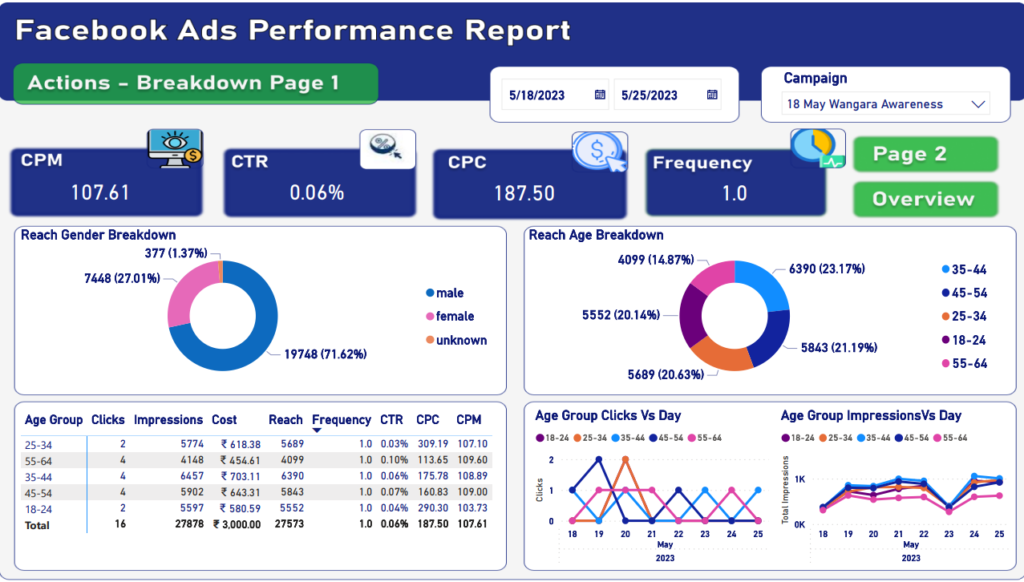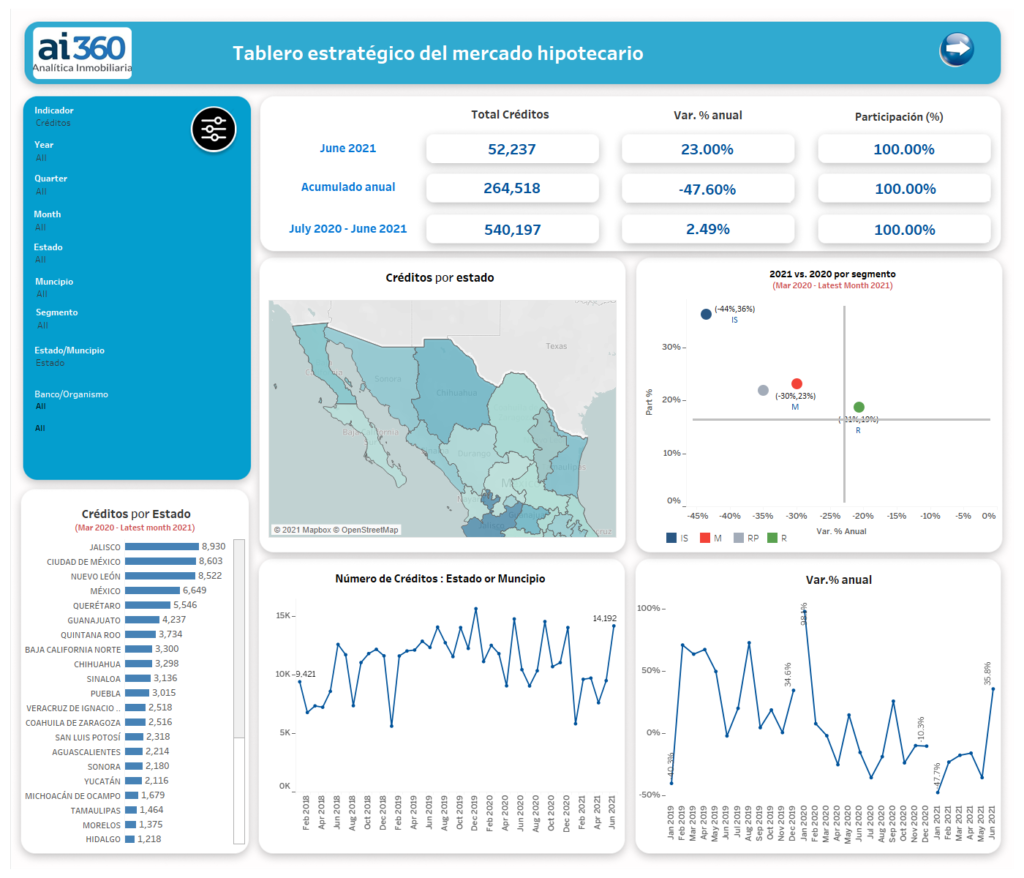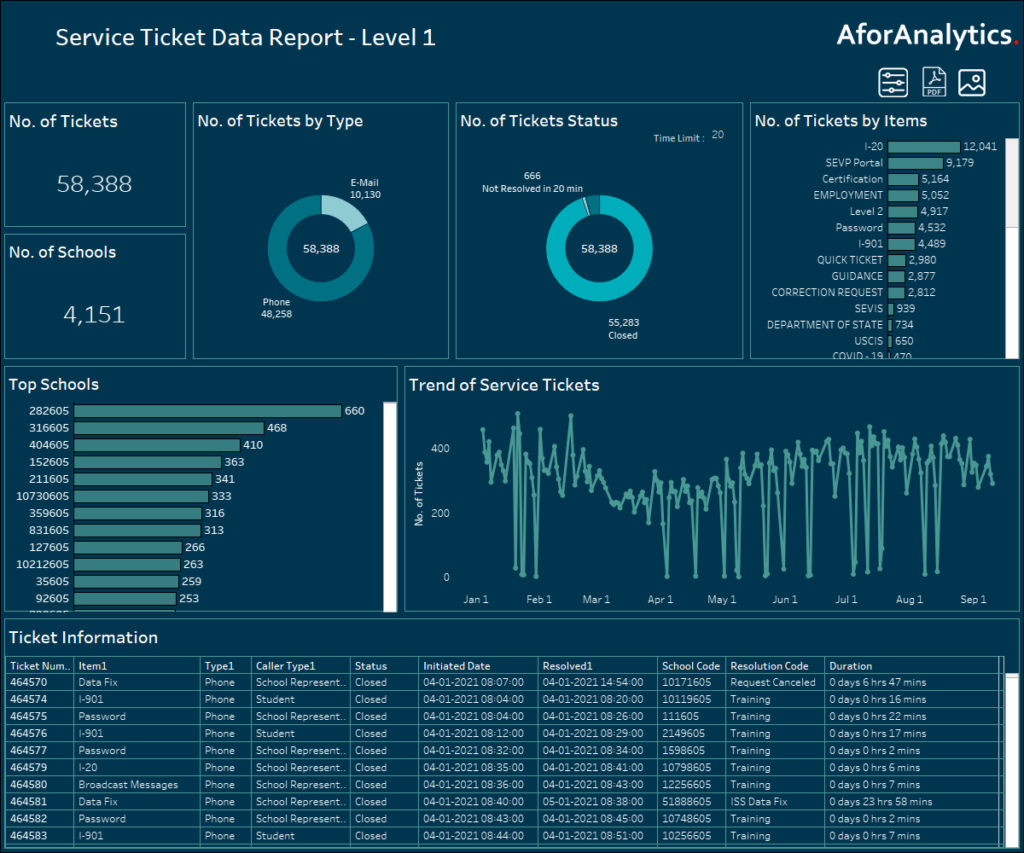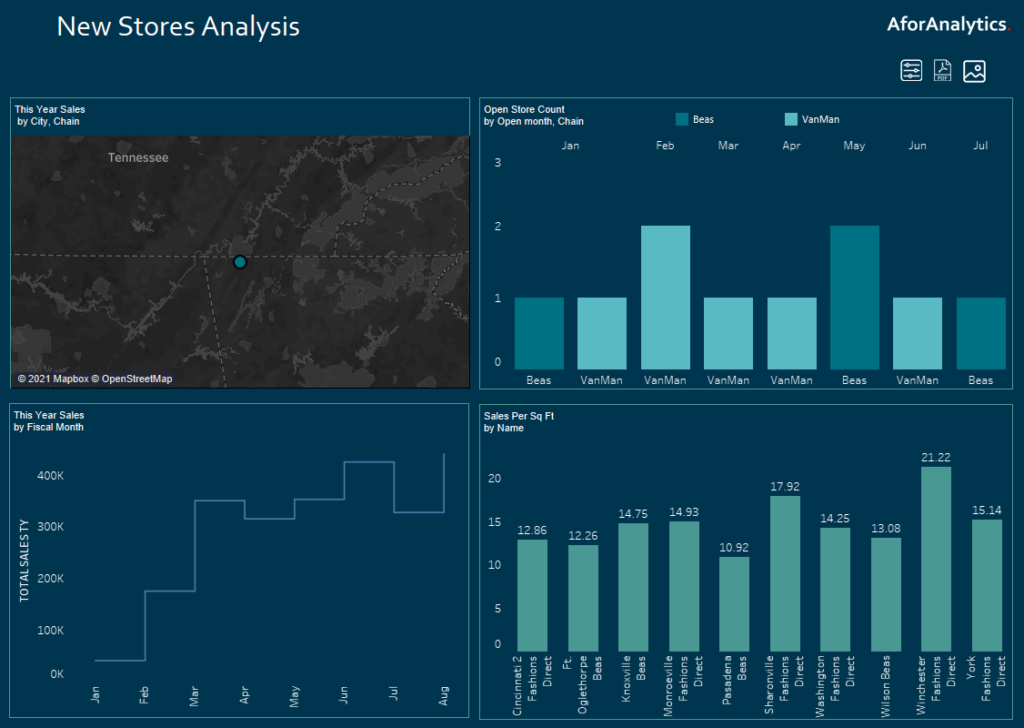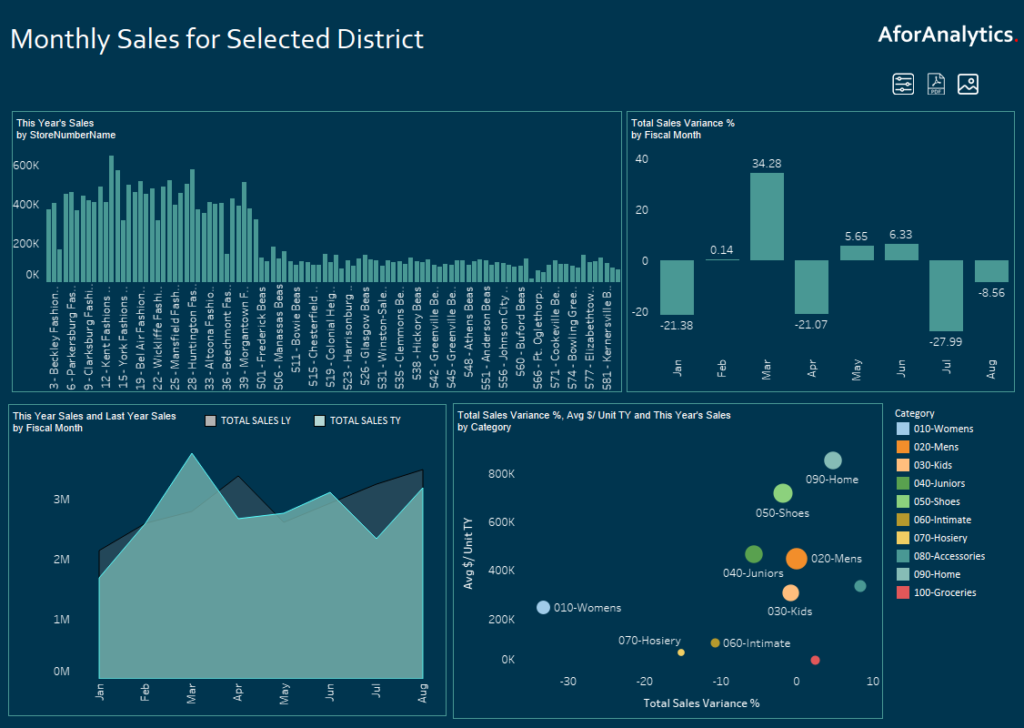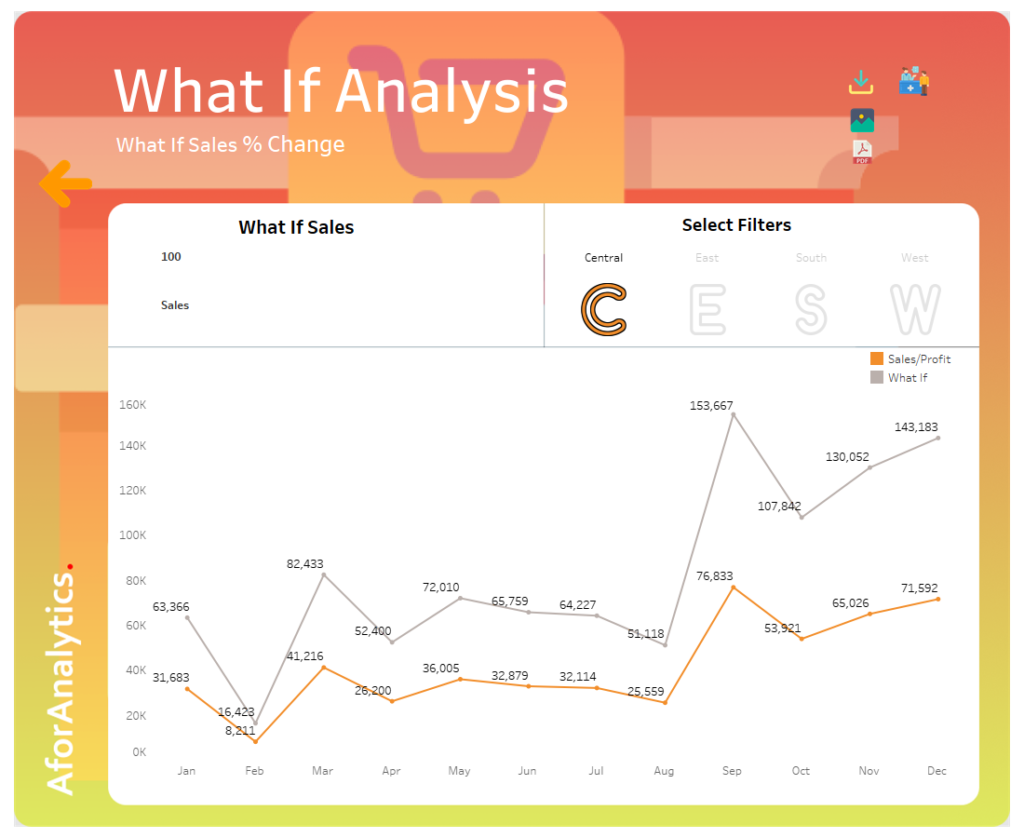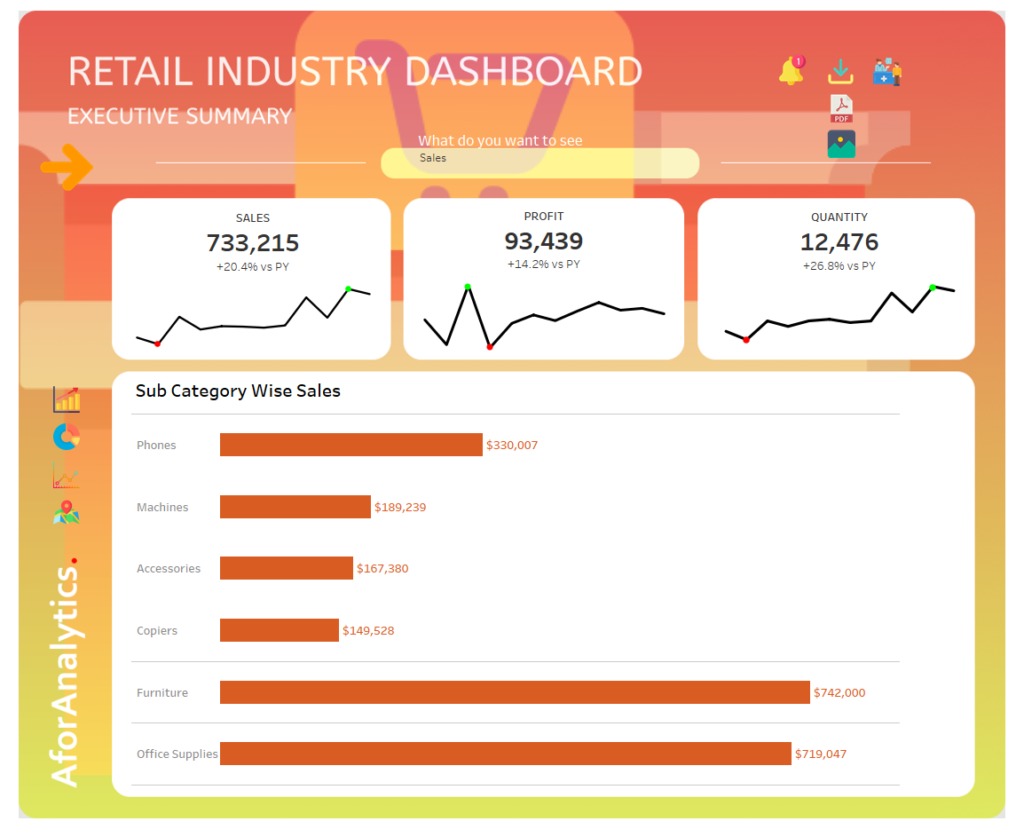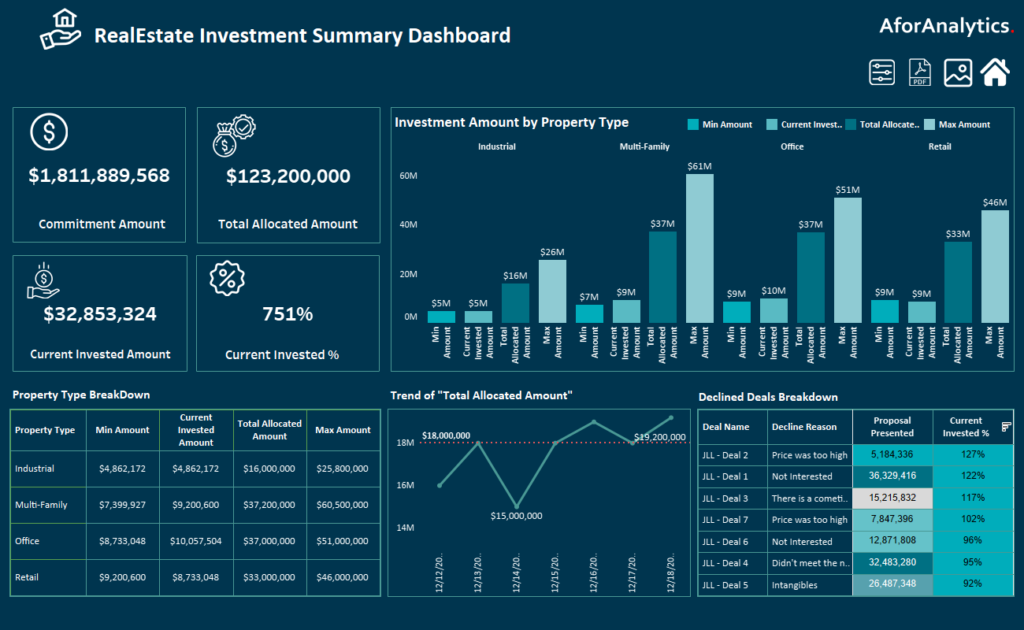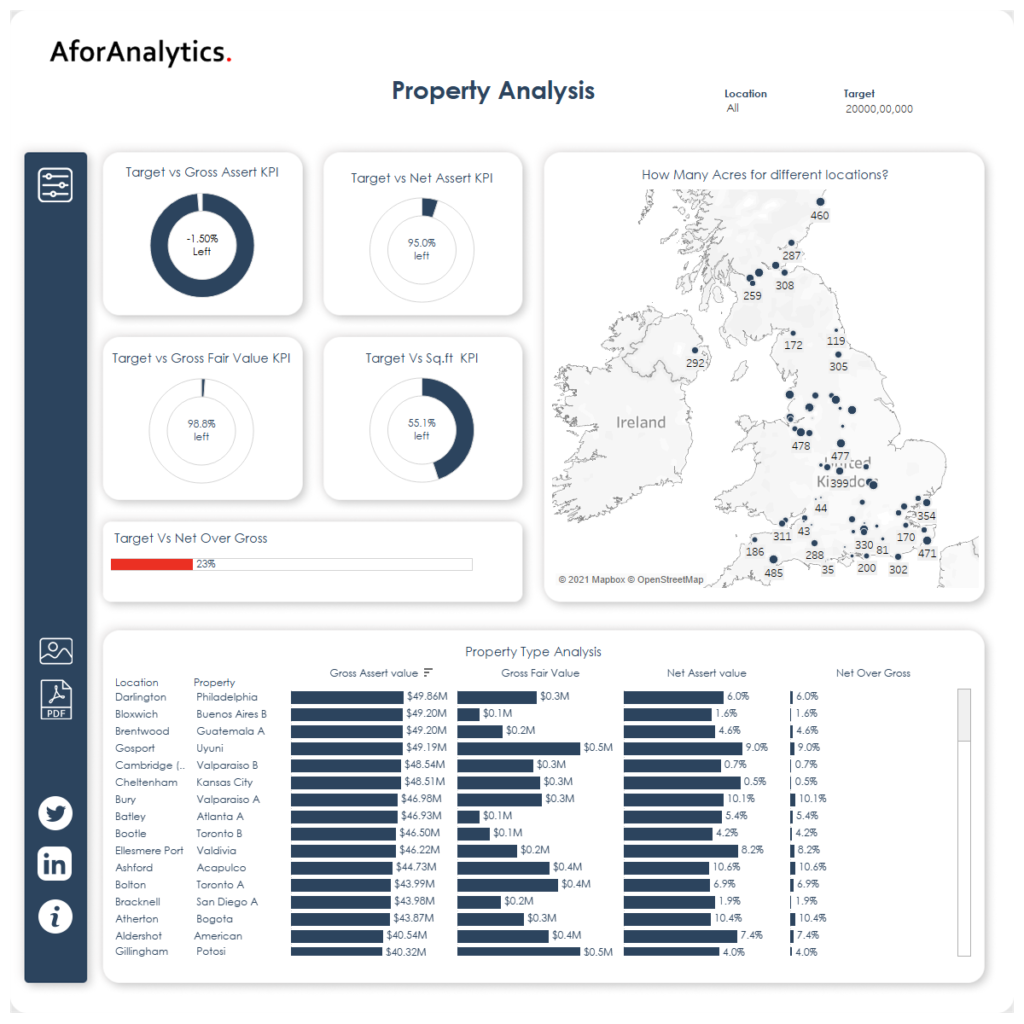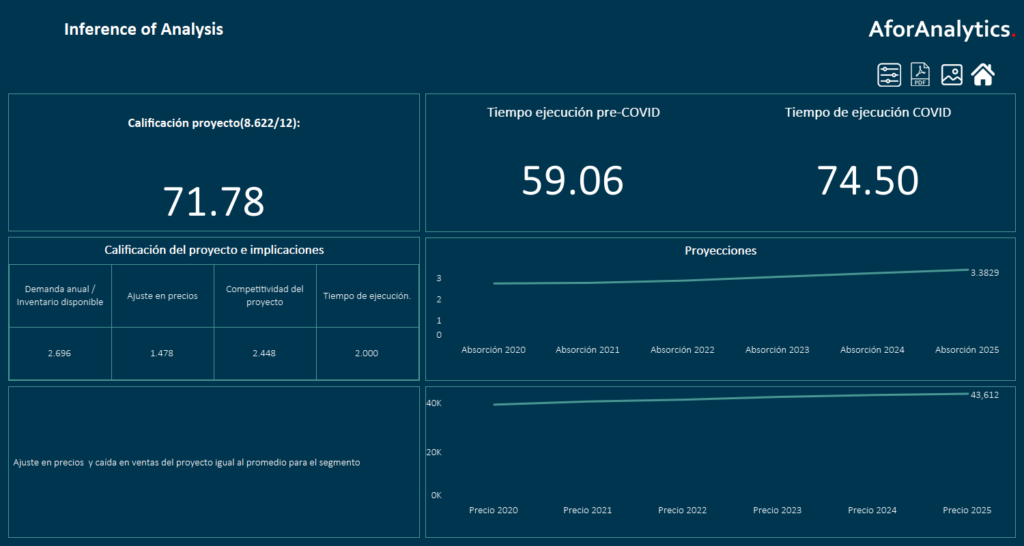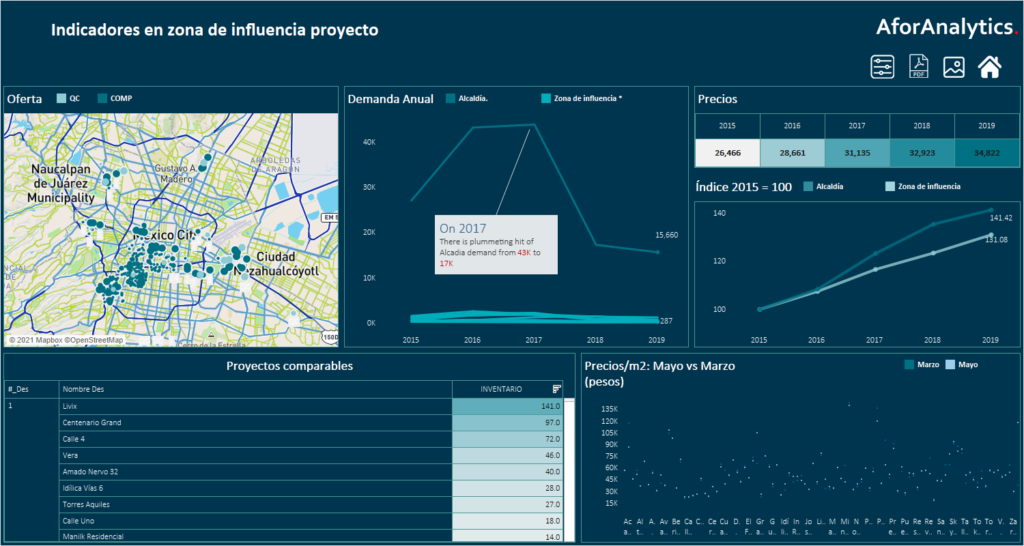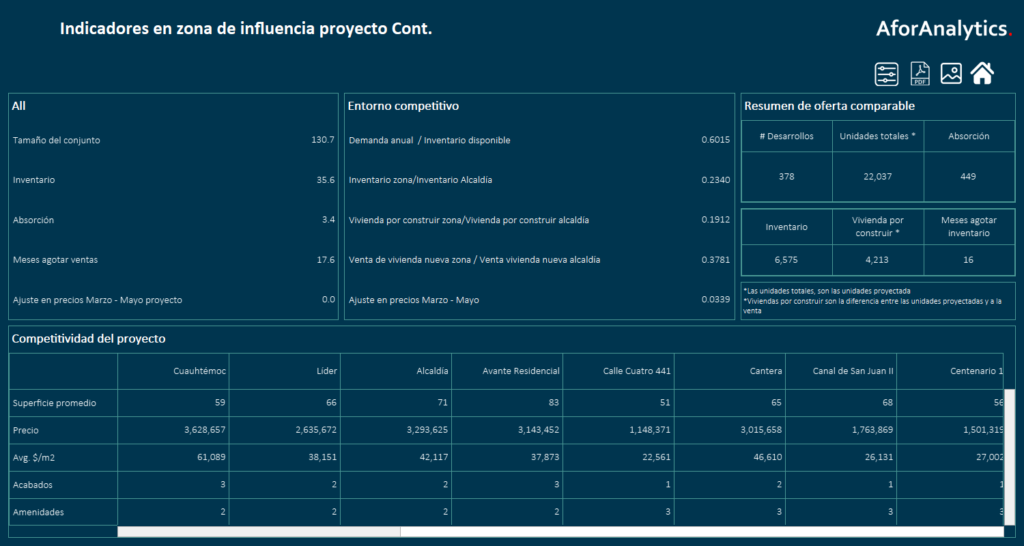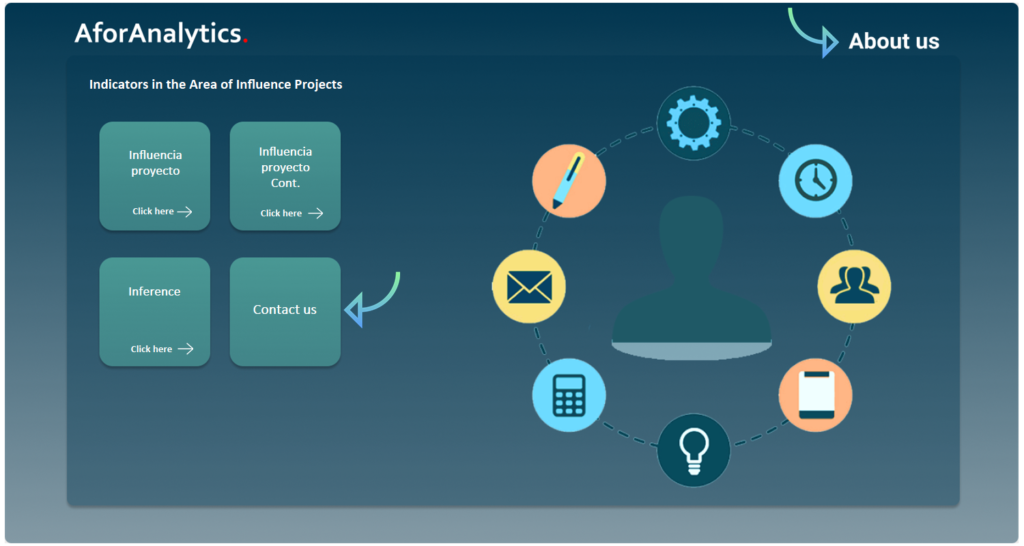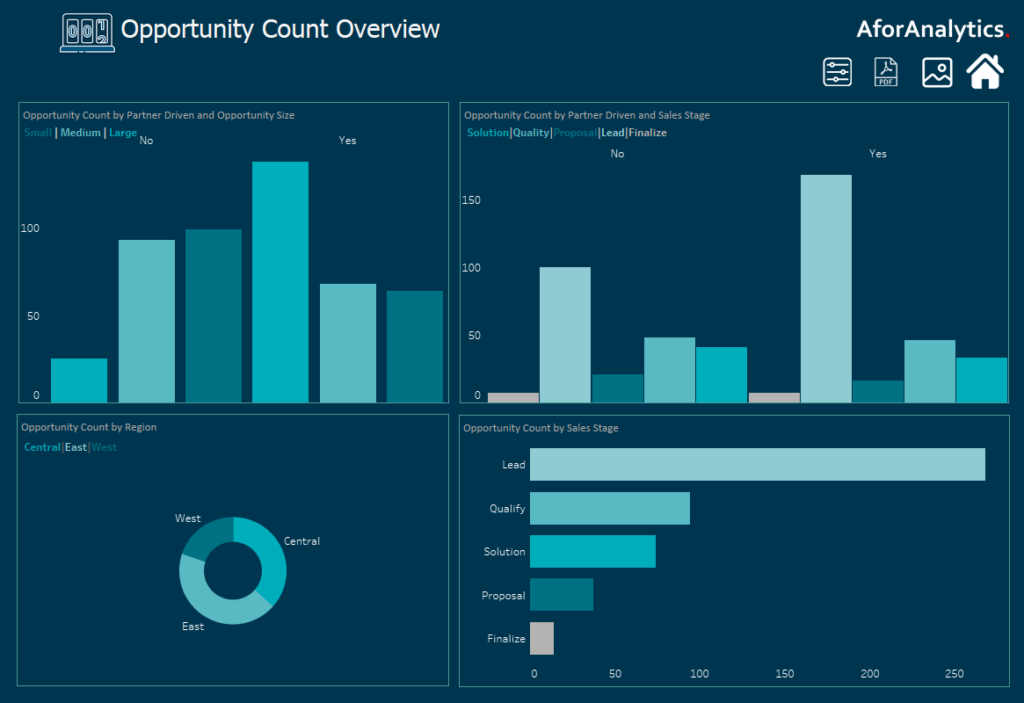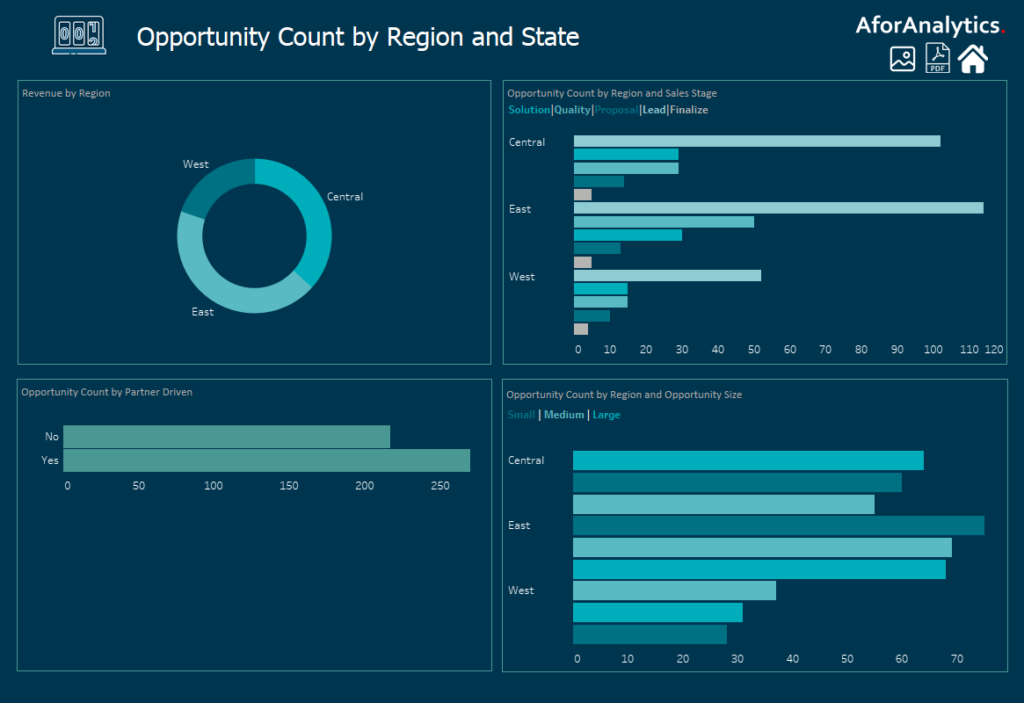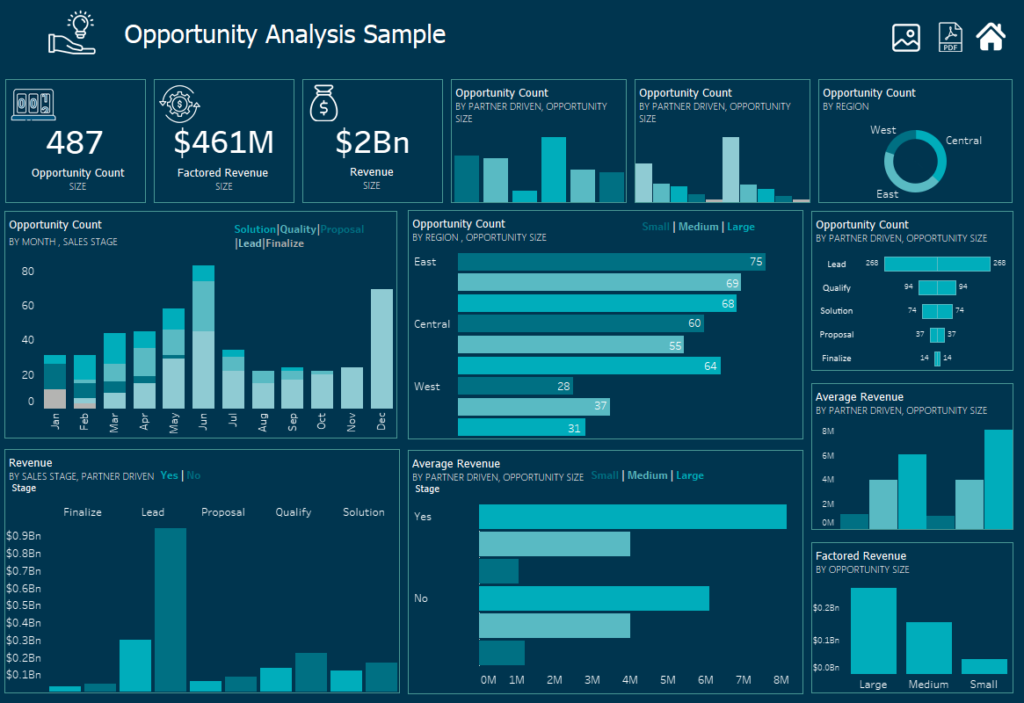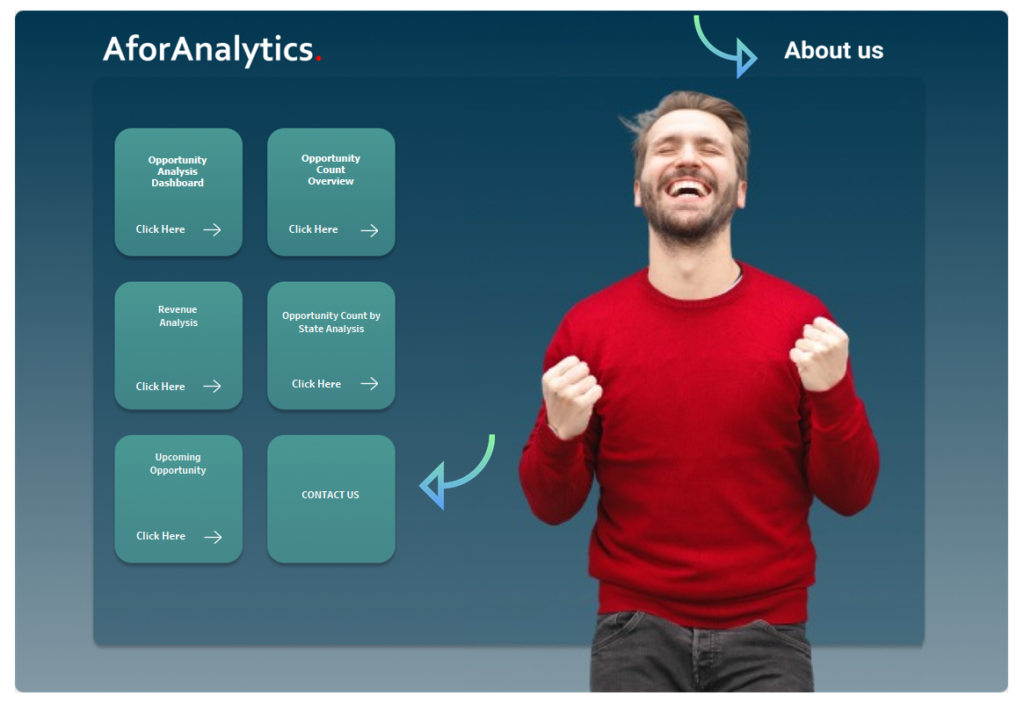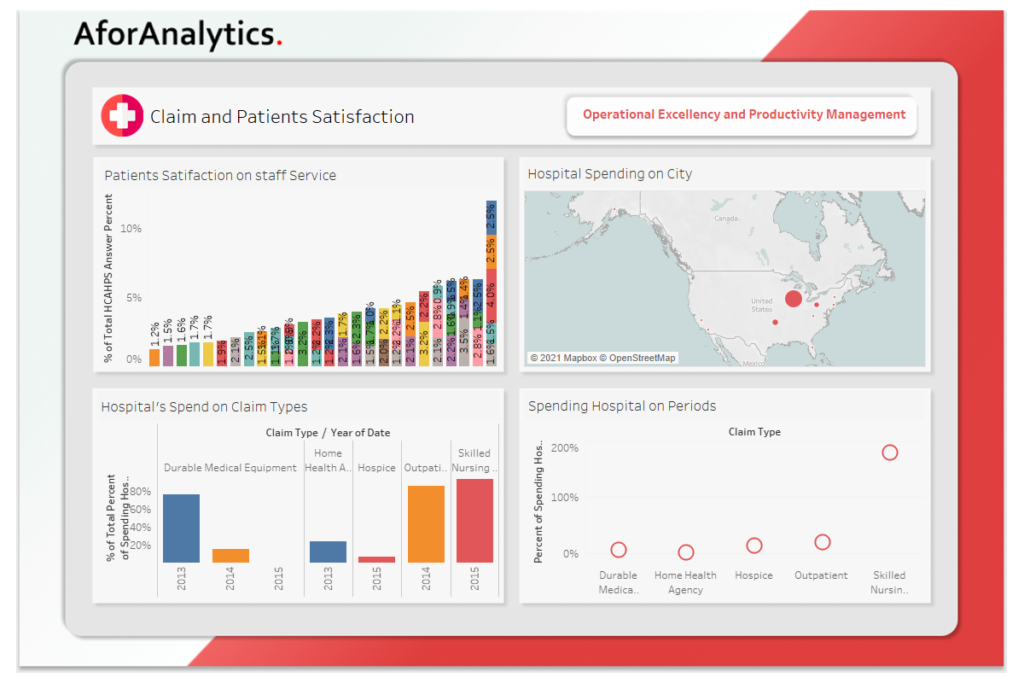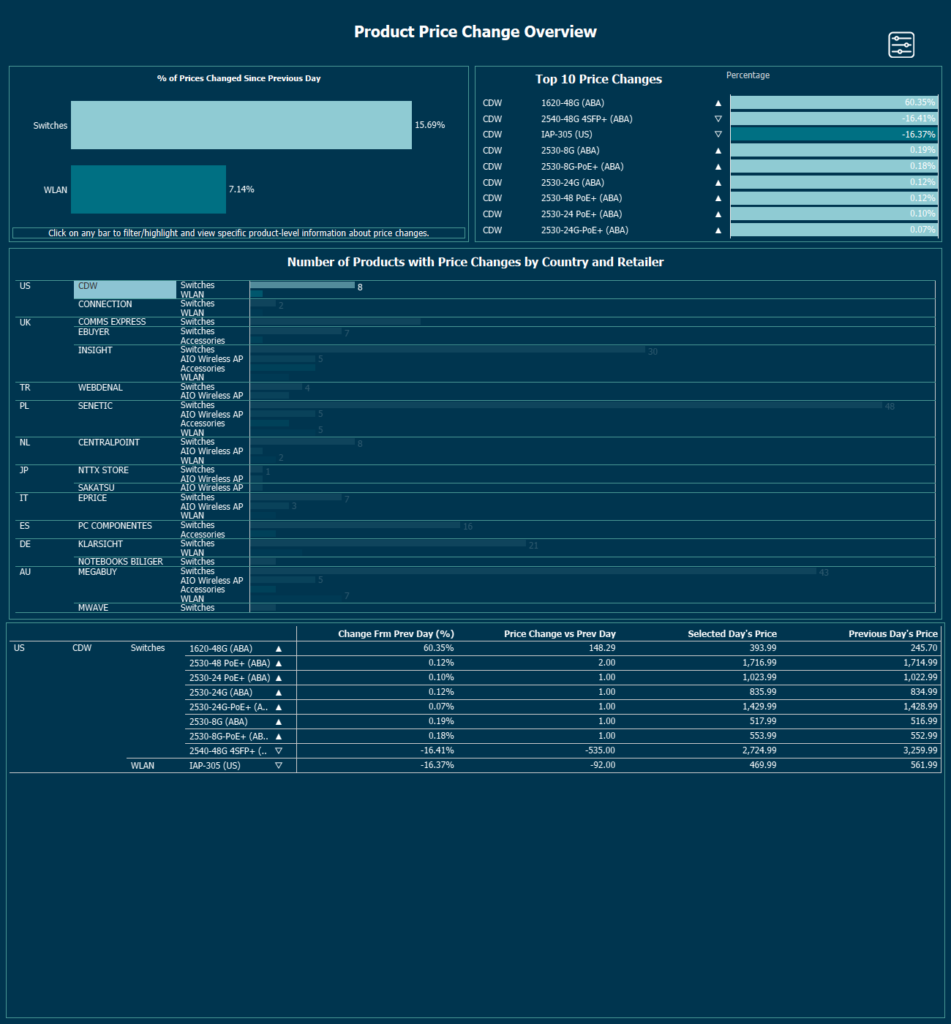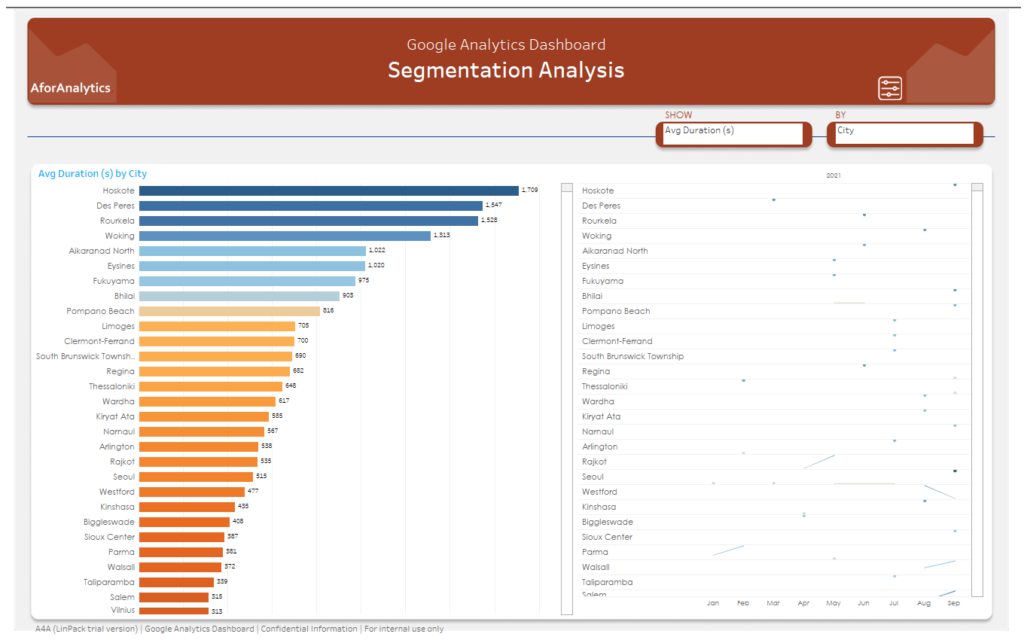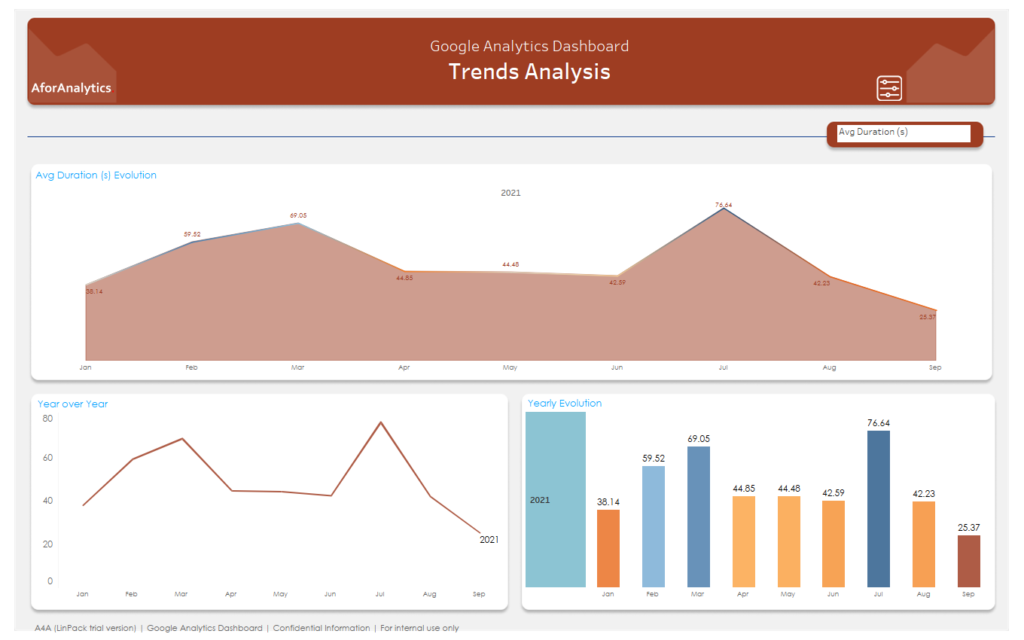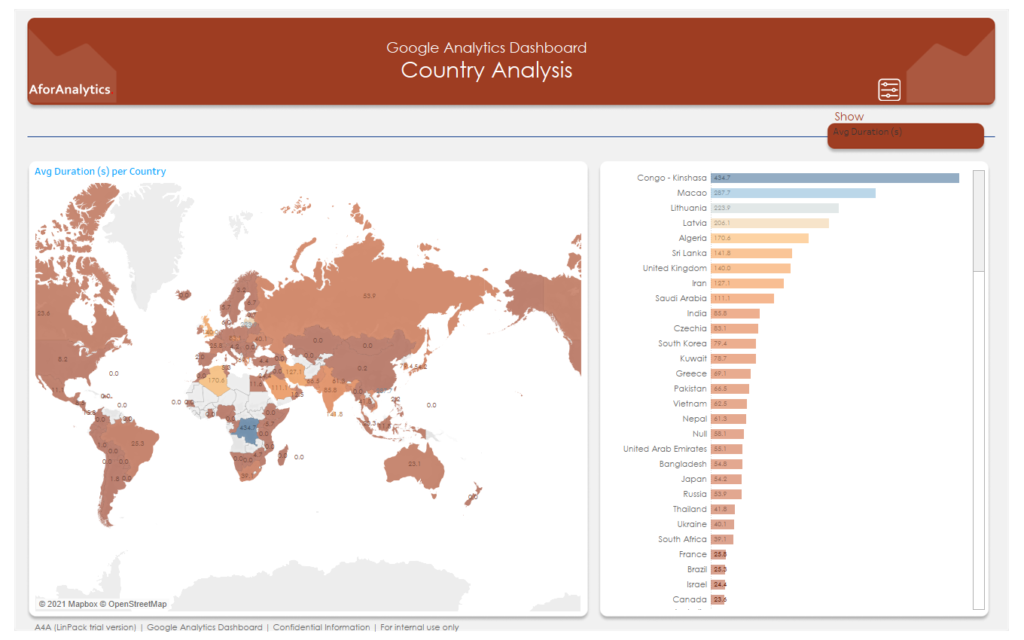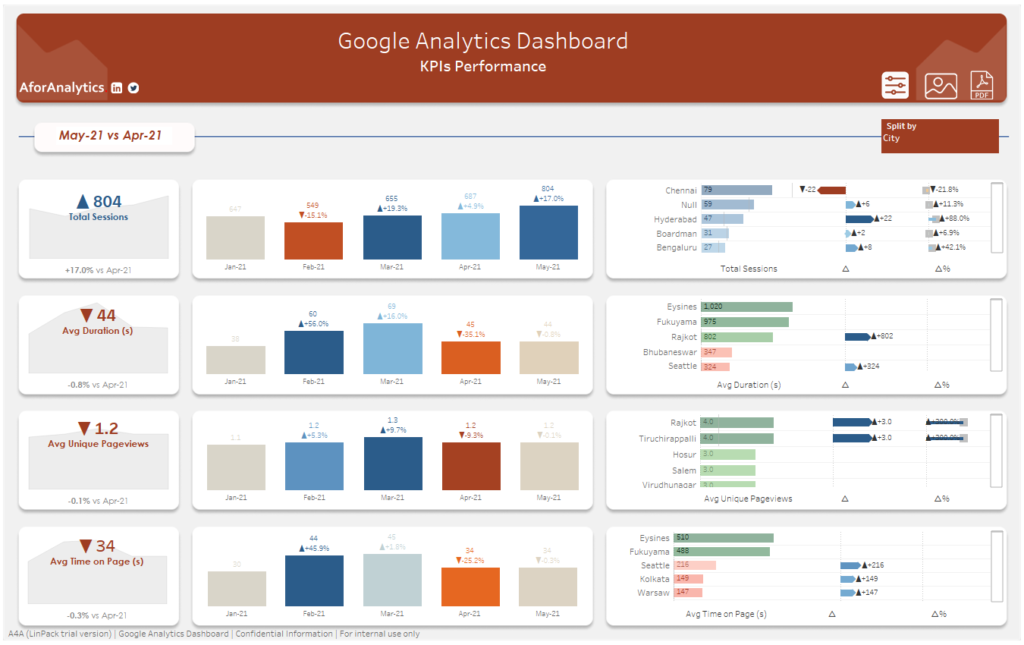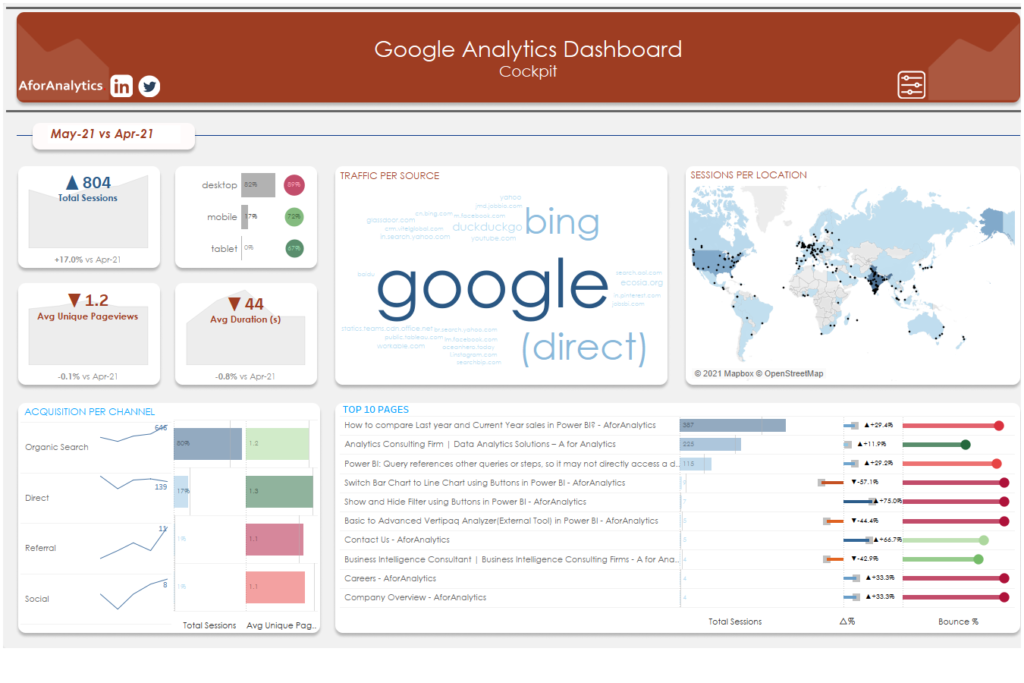
As AI technology continues to evolve, one area that has seen significant progress in recent years is natural language processing (NLP). NLP refers to the ability of machines to understand and interpret human language, allowing for more sophisticated interactions between humans and technology. In this blog, we’ll explore the latest advancements in NLP with AI, including subheadings such as:
Introduction to NLP and AI
NLP is a subfield of AI that focuses on the interaction between computers and human language. NLP enables computers to understand, interpret, and generate human language, allowing for more natural and intuitive interactions between humans and machines. Some examples of NLP applications include virtual assistants, chatbots, and sentiment analysis.
Applying Deep Learning to NLP
Machine learning techniques, particularly deep learning, have revolutionized NLP by allowing for the development of more sophisticated language models that can handle complex tasks such as language translation and natural language understanding. Researchers are using artificial neural networks to learn from data and develop advanced models such as recurrent neural networks (RNNs) and transformers.
Leveraging Transfer Learning for NLP
Transfer learning is a technique in machine learning that allows models to leverage knowledge learned from one task to perform better on another task. Transfer learning has had a significant impact on NLP by enabling the development of more robust and accurate language models. Researchers are using pre-trained language models such as BERT and GPT-3, which have achieved state-of-the-art results on a wide range of NLP tasks.
Developing Contextualized Word Embeddings
Word embeddings are a way of representing words as vectors in a high-dimensional space. Contextualized word embeddings take into account the context in which words appear, allowing for more accurate and nuanced representations of language. Researchers are developing models such as ELMo and BERT that can provide better representations of language and perform better on NLP tasks.
Advancements in Multi-Lingual NLP
With the increasing globalization of businesses and communication, the ability to process multiple languages has become increasingly important. Multi-lingual NLP refers to the ability of machines to understand and generate language in multiple languages. Recent advancements in multi-lingual NLP have enabled the development of models that can perform well across a wide range of languages.
Considering Ethical Implications of NLP with AI
As with any technology, NLP with AI raises important ethical considerations. For example, bias can be introduced into language models if the training data is not representative of the population. Additionally, the use of NLP in surveillance or monitoring applications raises concerns about privacy and civil liberties. It is important for researchers and developers to address these concerns and ensure that these technologies are used in ethical and responsible ways.
Future Directions for NLP and AI
The future of NLP with AI looks promising, with ongoing research in areas such as more sophisticated language models, better handling of multi-modal data (e.g., text and images), and more robust transfer learning techniques. As these advancements continue, we can expect to see even more sophisticated and capable NLP applications in the coming years.
In conclusion, NLP with AI is an exciting and rapidly evolving field, with many recent advancements and promising future directions. From applying deep learning and transfer learning to developing contextualized word embeddings and multi-lingual NLP, there is much to explore and discover. As researchers and developers push the


